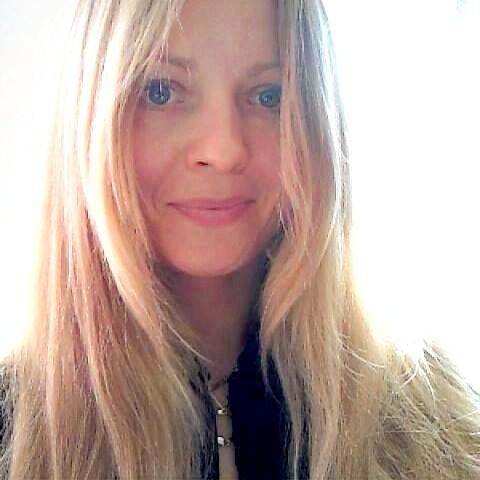I was able to maintain relative fluency in3-4 languages at a time. Switching between languages is a skill on its own. Now I use 4-5 natural languages on a weekly basis. At various times, I was fluent in five in total:
Я тебе кохаю. Я тебя люблю. Te quiero. Ich liebe dich. I love you.
Before I was five, I spoke mainly my first native Ukrainian (Українська). Then, I lived in a more Russian-speaking city and went to a Russian (Русский) school. By age twelve, I spoke a street dialect of Spanish (Español), while living in Latin America. I started using German (Hochdeutsch) in 1999, and became fully fluent by age twenty-eight, and my decent English fluency came after 2015.
Language Names
- English Language - Englische Sprache - англійська мова - английский
- German language - Deutsche Sprache - німецька мова - немецкий
- Ukrainian Language - Ukrainisch - українська мова (ukrajinśka mova), український - украинский
- Russian Language - Russisch - Російська мова - русский язык
Using Multiple Languages
English I studied in schools previously, but the challenge was to unlearn the wrong stuff I acquired elsewhere and to deal with the referential cultural archness of U.S. English. My attempt to revive it and learn standard Castellano fifteen years later was not successful. Now, living in Southern California, I hope to pick up more of it again.
In general, most difficult in operating multiple languages are these three aspects:
- separating the languages clearly in the mind, provided it is difficult to know for me, which language I am currently using - it takes a few seconds to realize;
- switching between thinking modes of approaching live and expressing thoughts base on different concepts of classification of matter and various societal traditions;
- dedicating time for regular immersion.
In the past, I tried to learn French, Chinese, and Japanese - to read poetry in original and to improve my calligraphic stroke, but I did not give myself enough time to achieve much at all. I am also very attracted to Sanskrit, Thai, and Arabic, but life is too short for all languages I want to know well.
Multilingual
In multilingual texts and audio speeches, verbal content is expressed in several, more than one, languages.
Languages are methods and systems of communication.
Multilingualism is the use of more than one language, either by an individual speaker or by a group of speakers. People who speak multiple languages are called polyglots.
Multilingual speakers have acquired and maintained at least one language during childhood. Children acquiring two languages natively from early years are called simultaneous bilinguals.
